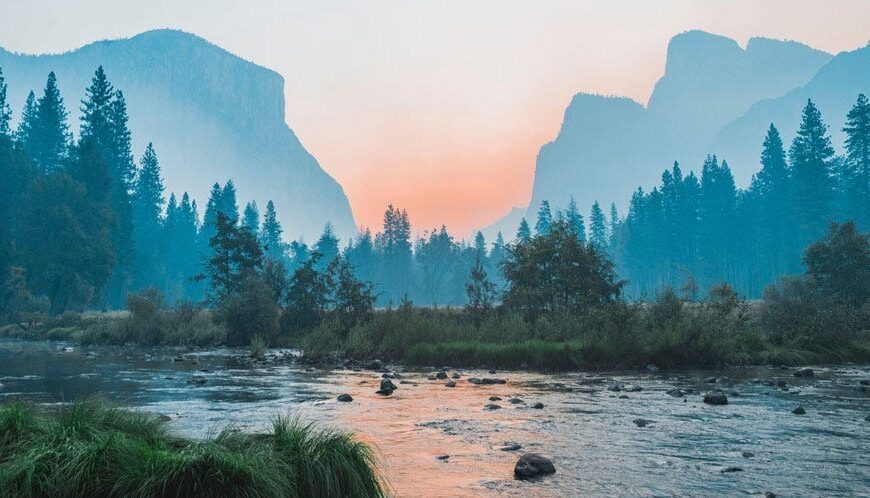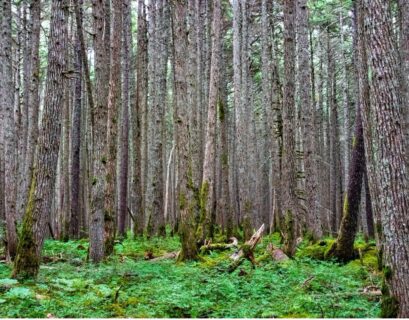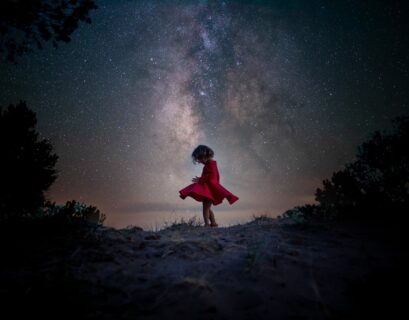As photographers, we’re constantly striving to capture the beauty of the world around us. But sometimes, our images can feel flat and lacking in depth. This is where the environment comes in – by utilizing the natural surroundings, you can create a sense of depth that draws the viewer in and makes them feel like they’re part of the scene. In this article, we’ll explore the ways in which you can use the environment to create a sense of depth in your outdoor photographs.
1. Leading Lines
One of the most effective ways to create a sense of depth is through the use of leading lines. These are visual elements that lead the viewer’s eye through the image, creating a sense of movement and depth. In the natural world, leading lines can take many forms – from the curves of a winding path to the lines of a rocky shoreline. Look for opportunities to incorporate these lines into your composition, using them to guide the viewer’s eye through the image.
For example, consider a shot of a misty forest trail. By placing the camera at the edge of the trail, you can create a sense of depth by leading the viewer’s eye through the misty trees. The lines of the trail will draw the eye forward, creating a sense of movement and depth.
2. Atmospheric Perspective
Atmospheric perspective is another powerful tool for creating depth in your outdoor photographs. This technique involves using the natural atmosphere to create a sense of distance. By shooting through mist, fog, or haze, you can create a sense of depth by blurring the background and emphasizing the subject.
For example, consider a shot of a mountain range at dawn. By shooting through the mist, you can create a sense of depth by blurring the distant peaks and emphasizing the foreground. This will create a sense of distance and depth, drawing the viewer’s eye into the image.
3. Layers
One of the most effective ways to create a sense of depth is through the use of layers. By incorporating multiple layers into your composition, you can create a sense of depth and dimensionality. In the natural world, layers can take many forms – from the layers of a waterfall to the layers of a rocky cliff face.
For example, consider a shot of a waterfall. By placing the camera at the base of the falls, you can create a sense of depth by incorporating multiple layers of water and rock. The layers will create a sense of depth and dimensionality, drawing the viewer’s eye into the image.
4. Negative Space
Negative space is another powerful tool for creating depth in your outdoor photographs. By incorporating negative space into your composition, you can create a sense of depth by emphasizing the subject and creating a sense of isolation.
For example, consider a shot of a solitary tree standing alone in a vast landscape. By placing the camera at a distance, you can create a sense of depth by emphasizing the tree and creating a sense of isolation. The negative space will draw the viewer’s eye to the subject, creating a sense of depth and intimacy.
5. Framing
Framing is another effective way to create a sense of depth in your outdoor photographs. By incorporating natural frames into your composition, you can create a sense of depth by emphasizing the subject and creating a sense of isolation.
For example, consider a shot of a mountain lake. By placing the camera at the edge of the lake, you can create a sense of depth by framing the scene with the surrounding mountains. The frame will draw the viewer’s eye to the lake, creating a sense of depth and intimacy.
6. Overlapping Elements
Overlapping elements is another powerful tool for creating depth in your outdoor photographs. By incorporating overlapping elements into your composition, you can create a sense of depth by creating a sense of layering and dimensionality.
For example, consider a shot of a rocky cliff face. By placing the camera at an angle, you can create a sense of depth by overlapping the rocks and creating a sense of layering. The overlapping elements will draw the viewer’s eye into the image, creating a sense of depth and dimensionality.
Conclusion
Creating a sense of depth in your outdoor photographs is all about using the environment to your advantage. By incorporating leading lines, atmospheric perspective, layers, negative space, framing, and overlapping elements into your composition, you can create a sense of depth that draws the viewer’s eye into the image. Remember to experiment with different techniques and compositions to find what works best for you and your photography style. With practice and patience, you’ll be able to create stunning outdoor photographs that transport the viewer to a world of beauty and wonder.










